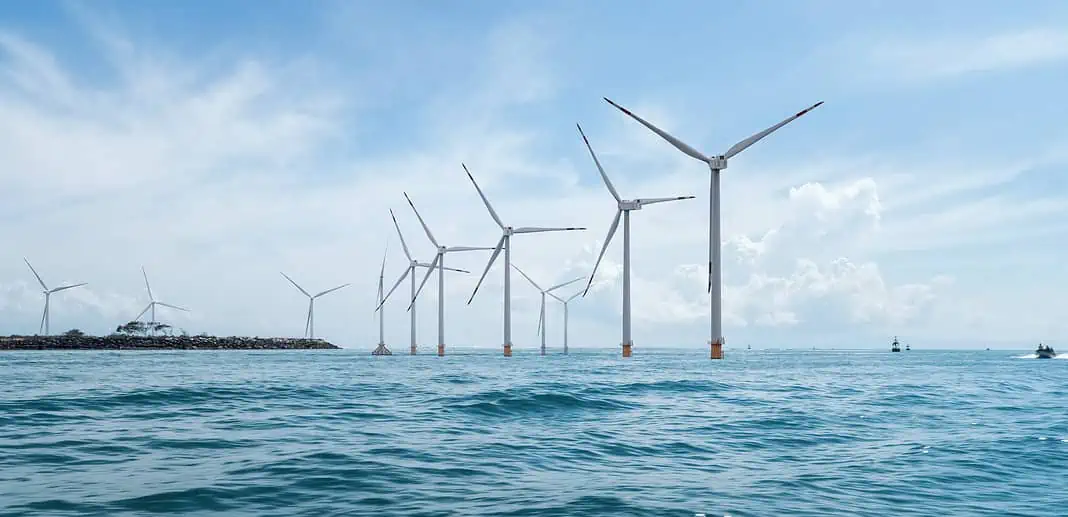The US Energy Department, the National Oceanic and Atmospheric Administration and the Woods Hole Oceanographic Institution have launched an 18-month initiative to gather extensive weather, ocean and wildlife data near the sites of five offshore wind farms and lease areas off the coast of the Northeast United States.
This effort, which is part of the third phase of the Wind Forecast Improvement Project (WFIP3), seeks to gather high-quality data to improve the design and operation of offshore wind turbines and wind farms. The collected data will be publicly available and used to inform responsible offshore wind siting, weather forecasting and grid integration, as well as support advancements in weather and wind plant modeling.
Understanding wind and weather patterns is crucial for the efficient operation of wind farms and ensuring reliable operation of the electricity grid. Offshore environments add an additional layer of complexity due to interactions between the atmosphere and the ocean. Accurate forecasts are essential for maximizing wind plant output and efficiently managing wind farms.
According to Anthony Kirincich, senior scientist at WHOI and lead principal investigator of WFIP3:
“We are excited to be working with our federal partners, as well as the Massachusetts Clean Energy Center, in pursuit of the Department of Energy’s goals to advance science, lower the cost of energy, and protect wildlife in offshore wind energy areas. The diversity of partners collaborating on WFIP-3 speaks to the importance of this work to virtually every sector of society.”
Associate Principal Deputy Assistant Secretary for the Office of Energy Efficiency and Renewable Energy Alejandro Moreno said:
“Our oceans are the next frontier for clean energy deployment. Understanding the offshore environment better is a ‘grand challenge’ that DOE and its partners are addressing to ensure that offshore wind can not only operate efficiently and sustainably, but also contribute to grid reliability in the energy system of the future.”
While Dave Turner, manager of NOAA’s Atmospheric Science for Renewable Energy Program, added:
“The major goal of WFIP3 is to characterize the wind energy environment and what processes impact the wind speeds at hub-height. We want to use these insights to improve NOAA’s operational weather prediction models, which often serve as the foundational forecasts for the energy community in their daily management of their wind plants.”
You can learn more about DOE’s efforts to characterize wind resources here.

